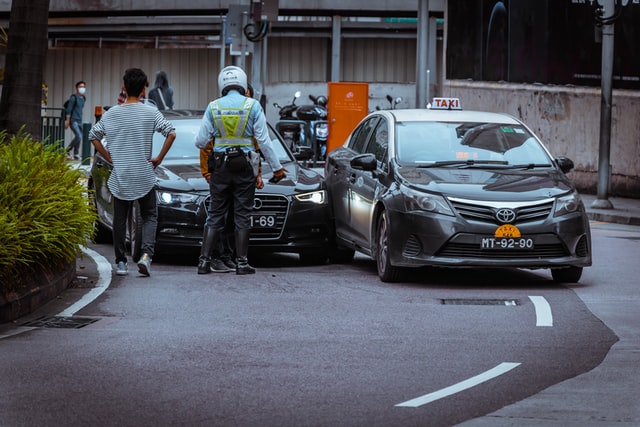Have you ever encountered a car accident on the road while going to your daily task routine? It is a rather frightening distraction from your regular, repetitive routine that you basically programmed yourself to be accustomed to. Then you attempt to recuperate from such a sign by going back to your home. But now with the lingering fear of facing the same fate as those unfortunate enough to get into car accidents.
It may be unbeknownst to you, but that one road accident you witnessed is just a fraction of the thousands of accidents that are happening around you. The fear of getting into the same accident only gets worse. But fortunately, it is very preventable to a higher degree.
This article will talk about the death rates in car accidents in the U.S. Also, we will list the risk factors involved, and how you can do what you can to prevent yourself from becoming a victim. Besides the statistics involved, there will be general information about how the law prevents prohibited actions while driving. In this way, you will know how responsible driving can ultimately save your life and someone else’s.
But first, we have to discuss the actual statistics of car accidents in the U.S. We will talk about the number of injuries involved as well.
LEADING CAUSES OF CAR INJURIES AND DEATH
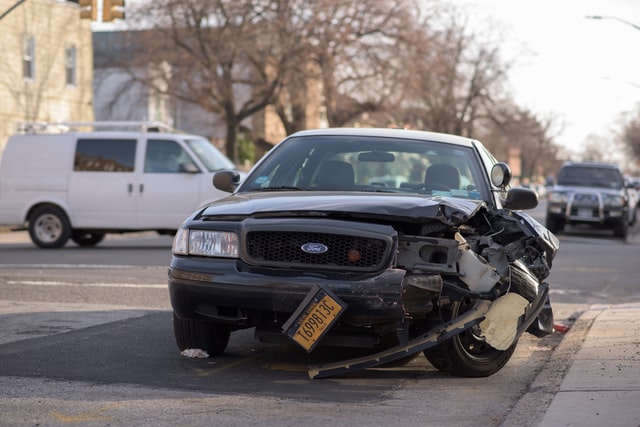
Right now, the leading causes of deaths and injuries on the road in car accidents are speeding, distracted driving, and drunk driving.
Speeding
Speeding is one of the factors in about one-third (34%) of all fatal crashes in the U.S. In 2016 alone, speeding involved more than 10,000 deaths, and that is more than alcohol impairment or distracted driving. Speeding can cause crashes because some cars have failed to press the breaks or prepare for a possible collision.
Distracted Driving
Distracted driving is a disaster waiting to unfold. This is because it takes your attention away from what’s happening around you while you’re behind the wheel. And that makes it more likely that you’ll get into an accident or cause an accident when you aren’t paying attention. In fact, drivers who text are 23 times more likely to crash than those who don’t text while driving! (More explanation in the next section!)
Drunk Driving: Drunk Driving (DUI/DWI)
According to MADD (Mothers Against Drunk Drivers), nine people are killed every day as a result of impaired drivers; 1 out of 4 teens say they’ve driven after drinking alcohol; 2 out of 3 drunk drivers will go again within 30 days after being arrested for DWI; 52% percent of teens report seeing impaired drivers at least once per month during their summer breaks from school.
CAUSE OF DEATH: DISTRACTION
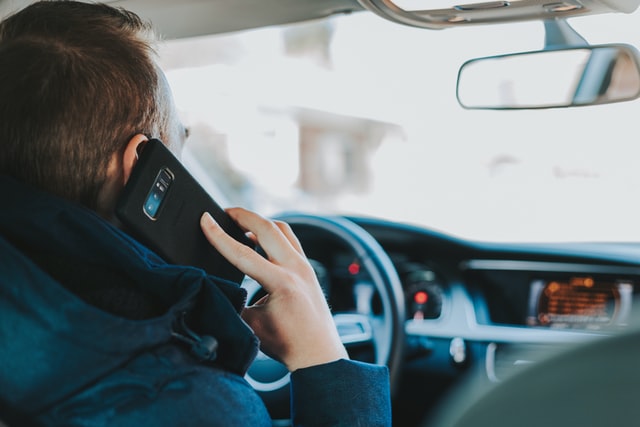
Distracted driving ranks as the second leading cause of accidents. This cause is responsible for 11 percent of fatal car wrecks like rear-ending and sideswiping. Drunk drivers are third on the list at 8 percent. When you add speed to this mix, it’s hardly surprising that 30 percent of all car wrecks involve some sort of reckless behavior behind the wheel.
Of course, the first two are correlated with one another as often; drunk drivers will have no sense of the risks around them. Drunk people are most likely to drive faster despite being disoriented and possibly groggy.
Phone distraction
Meanwhile, distracted driving is widely known to be a common cause of car accidents because, as much as we don’t want to admit it, people are practically glued to their phones nowadays. There are phone calls, text messages, and other notifications that drivers feel the need to entertain even while driving.
A likely scenario you can probably imagine yourself in is if it is an emergency call, like if someone you know is in the hospital or an accident at home happened. Occurrences like these can definitely put a driver into a position where both speeding and distracted driving come into play.
However, it is essential to remind yourself at this point that your life and the other lives around you are in dire need of your responsible driving as well. You can’t possibly attend to or bring aid to someone in your supposed destination if you got into an accident halfway there.
Passenger distraction
Aside from being distracted by your phone, your passenger or companion can also be a cause of car accidents. If your passenger is not cautious, you might encounter an accident due to sudden overreaction. That is why it is essential that your passenger has enough knowledge of road safety, and you also must know how to react to sudden emotions.
CAR ACCIDENTS DURING PEAK TIME
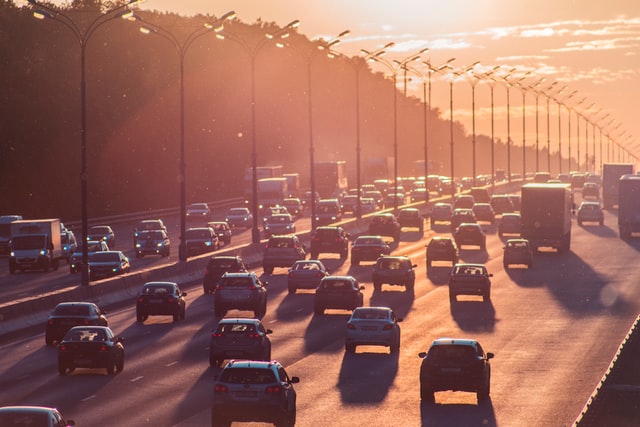
The most dangerous time to take on the road is between 3 am and 6 am.
Traffic volume
The lowest traffic hours are between 3 am, and 6 am. So, there’s less of a chance that you’ll meet an accident with another vehicle. Of course, rush hours have a high probability of accidents because there are too many cars and pedestrians rummaging on the road.
Visibility
It’s also when visibility is at its lowest, making it more difficult for drivers to see vehicles or even pedestrians on the road. Accidents frequently occur if there’s zero visibility, especially in seasons with so much fog or smog. Also, visibility on the street is significantly affected when there’s a strong storm.
Drunk driving risk
In addition, drunk driving is at its peak during those early morning hours. This is because people may have been out partying late into the night. Many people choose not to drive after drinking alcohol because they know how dangerous it can be.
However, many others still do so anyway out of convenience or because they don’t want to wake up late for work or school again (and again). As such, drunk driving rates are higher than average during this period and during lunchtime hours (12 pm – 1 pm) when both professionals who work in offices and teenagers going home from school are on the roads together.
Sleepiness
Humans are a naturally diurnal species that are not usually awake during this time. In these times, you should have been sleeping in your bed instead of driving. You are also most likely to be sleep-deprived, especially if you consider that around 70% of adults in the U.S. are.
With these factors to keep in mind, it should be clear to you now that driving between these times is a risk that any driver can take. So unless you are well-suited and already adjusted to driving during these times because of the distance of your work, then you should make sure that you are still leading a healthy lifestyle as driving in these early hours is not an optimal choice.
To give you more reasons why you feel sleepy during rides, click this link.
TEENAGE VICTIMS OF CAR ACCIDENTS
A lot of people (drivers, passengers, or pedestrians) die in car accidents every year. But some specific groups of people are more likely to die in car accidents than others. For example, you’ve probably heard that teenagers are statistically more likely to get into a car accident than adults, and it’s true!
Inexperienced young drivers
But why? The answer is pretty simple: teenagers drive with an intense sense of thrill. People between the ages 16 and 19 are more likely to get into a car accident than any other age group. They’re young, reckless, and inexperienced, making them less able to handle their vehicles with care and caution than adults or older teens who have had more time behind the wheel (or whatever other kind of wheel they may be driving). In addition, they’re also more likely to engage in risky driving behaviors like speeding and drunk driving (though, let’s be honest: no one should ever do those things!).
Teenage drivers with passengers
Young drivers are also statistically more likely than older drivers to have passengers riding along with them, which could also cause trouble on the road. And finally, young drivers tend to spend a lot of time hanging out with other young people who might also be inexperienced when it comes to operating motor vehicles safely. This means that many serious collisions involving teenage passengers occur as a result of one teen driver making an unsafe decision. In contrast, another teen passenger watches idly from inside their vehicle’s passenger seat.
In this case, if you are a parent or guardian of a young driver, then it is essential to remember the risks and responsibilities they have to carry as a driver. As the parent of a minor, you may be the one who will become responsible in the event that your child is the one who is suspected to be the cause of the accident.
Drivers with unstable mental health
Another unspoken step to take is keeping your child’s mental health in check. Along with reckless behavior, teenagers are also prone to developing mental conditions such as depression that can lead them to amplify said reckless behavior to a dangerous degree. To put it simply: they may commit self-harming acts due to the lack of regard for their lives as a side effect of their mental condition.
ELDER VICTIMS OF CAR ACCIDENTS
The rate of traffic fatalities for people over 65 is twice that of all drivers under 16.
Reflexes
Seniors are more likely to die in car crashes than any other age group because they’re frailer and cannot recover from injuries as quickly. They also tend to have slower reflexes and weaker senses, making it harder for them to avoid collisions or respond quickly enough when one happens. Of course, not all seniors are in this state of physical suppression. Remember that even middle-aged drivers and even those around their early 20s can experience weaker senses while driving due to fatigue as well (whether it be due to work, school, or both).
Health issues
The best and most efficient method to stay safe on the road is not by taking a defensive driving course but by staying healthy. The best way to do this? Eat right, exercise regularly, and don’t smoke (or quit if you do). This will help keep your mind and senses sharp, so you’re less likely to get into an accident or suffer an injury if one does occur. Suppose you have other conditions such as eye problems, needing a hearing aid, or night blindness. In this case, you should opt to consult a doctor first before attempting to continue to drive, as these conditions can develop at any time.
Empty stomach
So you must remember to take a balanced, heavy meal if you are driving in the morning. If coffee does more good to you than harm, like it keeps you awake and doesn’t cause palpitation, you may also consider drinking this ever-reliable beverage.
BLOOD ALCOHOL CONCENTRATION
Drivers with a blood alcohol concentration rate of 0.08 or higher are 11 times more likely to get into a deadly car crash than drivers who have not been drinking.
BAC limit
There is a legal limit for the amount of alcohol that can be in your blood when you drive in the U.S. If your blood alcohol concentration is precisely at or above 0.08%, you are considered intoxicated. You will face penalties for driving under the influence (DUI).
Alcohol amount
If you’re curious how much alcohol it takes to reach that limit, it depends on many factors: gender, weight, type of drink, and time since consumption. For example, a man who weighs around 160 pounds would need about three 12-ounce beers over an hour to reach 0.08% BAC. And if he drank an eight-ounce glass of wine instead? He’d still get there pretty quickly, about half as fast as with beer! But let’s not forget about gender. Women tend to have less body water than men, so they also break down alcohol more quickly than men do, so they might feel drunker sooner on fewer drinks than men do!
The point is: don’t drink and drive! You may think you’ve only had “one too many,” but it’s better safe than sorry when it comes right down to it.
Charges
If you’ve ever watched the news recently and thought to yourself, “That person looks like they’re having a good time,” you’re not alone. But if you think about it, you’d also be watching that same person getting pulled over by police and arrested for drunk driving.
So this begs the question, what exactly does it mean to be charged with such a crime?
It means that your BAC (blood alcohol concentration) was 0.08 or higher at the time of arrest, the legal limit in most states. There are different ways to measure this number. Most commonly, it’s done through breathalyzer tests which can tell you if there’s been enough drinking going on lately.
HOW MANY PEOPLE HAVE ENCOUNTERED CAR ACCIDENTS IN US (Injuries and Death)?
Around 1,000 people die, and 22,000 are injured in car crashes every day.
Frequency
So how often do accidents happen? Within the borders of the U.S. alone, there are around 1 million car crashes every day. That’s right, every day! In fact, it’s estimated that about 1000 people die, and 22000 get injured in those accidents. Those numbers are from 2015. And that year alone saw 33 million Americans being wounded in auto collisions and 1.3 million fatalities. That’s a lot of people getting hurt.
Injury rate due to collision
But here’s the good news! For all these accidents occurring each day, only a small percentage of them result in severe injury or death. For example, suppose you’re involved in a crash where nobody dies or is seriously injured. That should be considered a success on your part. This is because, statistically speaking, most collisions aren’t fatal (only 0.3% result in death). Unfortunately, however, there are still plenty of injuries to go around; according to estimates by the National Safety Council, roughly 8 million people suffer non-fatal injuries from car crashes each year which will cause them permanent disability if nothing is done to treat them.
PRECAUTIONS BEFORE DRIVING
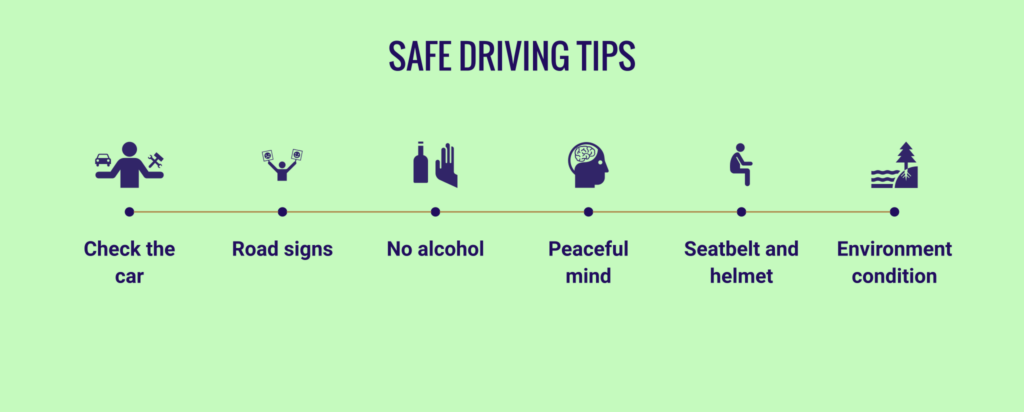
Below are some safety measures you should take before you take on the road while protecting your safety:
A car check-up.
Are your brakes working properly? Are your headlights and turn signals functioning as they should? Or, do your tires have enough pressure inside them? Do your engine, air filter, and oil seem sufficient and maintained enough? Doing a general car check-up before you leave can help you identify problems before they occur on the road.
This is another reason you should ask your mechanic or your driving teacher about what to check in your car. Asking a professional will help you identify what the insides of the hood should look like. It would also help if you also let your mechanic check your vehicle at least every six months. This is to locate any problem and use the appropriate methods to treat it.
Following road signs.
The road signs you see all around you are present for a reason. They are regulatory and mandatory precautions that all drivers should take regardless of their status or current situation. Otherwise, they are putting themselves at the risk of getting into a fatal car accident or even causing injury and fatality to pedestrians. This is especially true if the sign you are not abiding by is a speed limit. Wherein you are practically asking for a ticket if that’s the case.
Suppose you find any traffic signs that have become too eroded or unmaintained to the point of unreadability, any traffic light that is not functioning correctly, or damages to the road that can potentially cause harm to other drivers. In the event that this happens, you should report it to your local authorities.
Save that alcohol for next time.
Drunk driving, as we said, is one of the leading causes of car accidents in the U.S. This information alone should prevent you from drinking alcohol before driving. Not only is it morally wrong and unsafe, but it is also illegal to drive while drunk, as we previously mentioned.
Officers can easily recognize if you have been drinking alcohol by using the BAC test. So even if you are not drunk from drinking alcohol, the officers can still recognize if you had been drinking it. They may also provide a series of tests. Such tests are observing the way you walk and if you can keep your balance at a certain distance. And these can all be indicators of “drunken behavior.”
Have something on your mind? Resolve it before driving.
A healthy body and mind often go hand in hand, so it isn’t enough that you are physically fit to drive. Even if you are exercising, eating healthily, and leading a generally healthy lifestyle, these things may be significantly suppressed if you aren’t taking care of yourself mentally. However, having something on your mind can also be considered distracted driving (not in legal terms).
This is because you have an internal conflict or problem with which your mind is preoccupied. Mental health is never something you should consider more of a burden. Taking steps such as seeing a therapist or even just talking to a friend or relative can help resolve the conflict before it affects you as a driver.
Use your seatbelt and helmet as intended.
One of the most well-known life-saving tips is to “always wear your seatbelt.” and it’s definitely true in most cases. These straps around your seat that some consider a hindrance can actually reduce your chances of death during a car accident by 45%!
Seat Belts can prevent you from being launched from your position during a car crash. This is one of the most likely ways a person will get severely injured: by being thrown around inside or even outside the car. If you are a motorist, then you should also wear your helmet as intended. Wearing a helmet prevents the most vulnerable part of your body from experiencing fatal impact or trauma. Not wearing your helmet is illegal in a few states and prohibited for those below the age of 21 in most states.
Be wary of the environmental conditions.
It is very hard to see at night as our eyes are not necessarily accustomed to seeing in the dark. Turn on your headlights and drive slowly during the night to prevent crashing into debris, crossing animals (or even people), and other smaller vehicles that you may not have seen from a safe distance. There are also other environmental conditions where you should slow down, such as when it is raining heavily.
During the rain, you will have a cloudy field of vision due to moisture and droplets, and the road will be slippery for most cars. All these environmental conditions can dictate how fast you should go as they make the road a more accident-prone area than it already is.
Bottom Line
With all these things in mind, we hope you take the responsibilities you have as a driver (in case you are one) seriously, as they can dictate life and death in the event of such misfortune. Road/Car crashes are often referred to as “crashes”. This is because they are not mere accidents and can directly affect the driver’s intentional actions.
Remember, accidents are supposed to happen unintentionally. But! This may not always be the case if the people at risk continue to take actions that further push them to the threat itself. Drive safe, responsibly, and with regard and respect to the lives around you.

